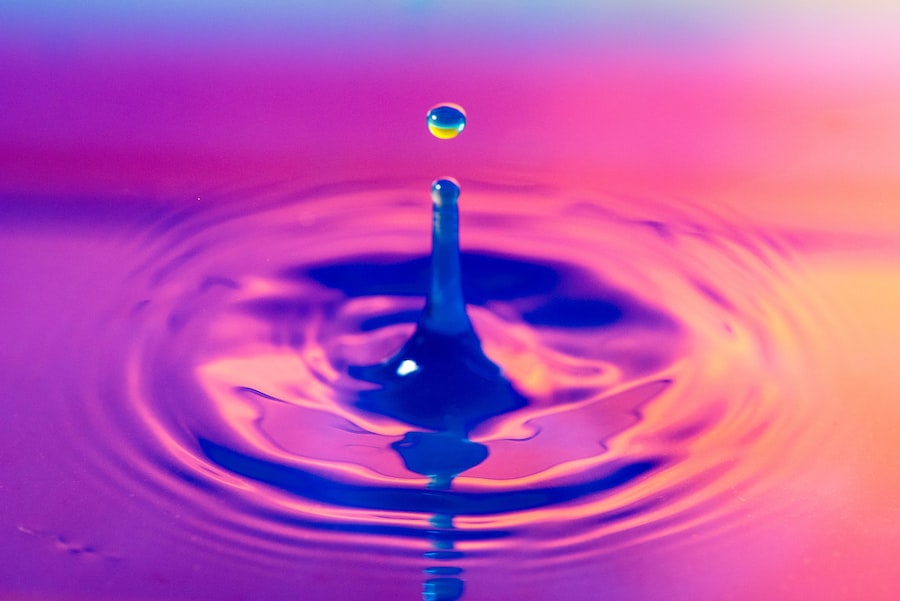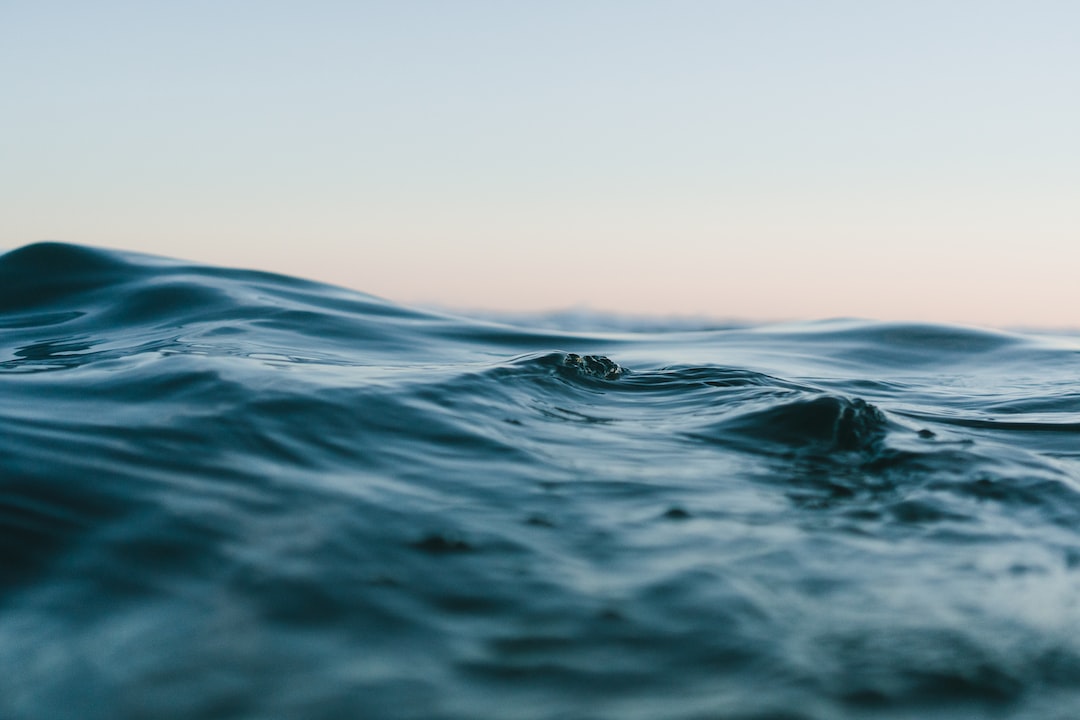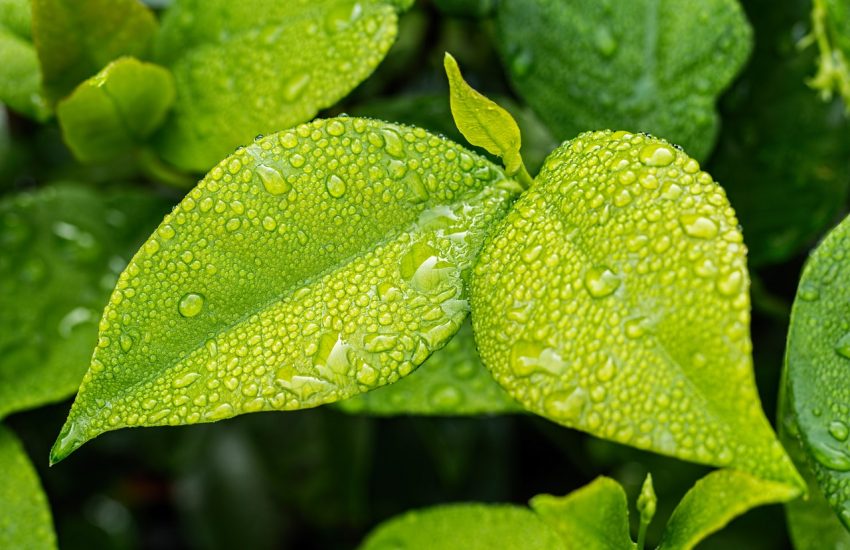Het Belang van Waterbesparing in de Tuin: Praktische Tips
Water conservation in the garden is an important topic that is gaining more attention as the world faces increasing water scarcity. With the growing population and changing climate, it is crucial to find ways to reduce water usage and preserve this precious resource. In this article, we will explore the importance of water conservation in the garden and discuss various techniques and strategies that can be implemented to achieve this goal.
The Importance of Water Conservation in the Garden: Why It Is Necessary
Water scarcity is a pressing issue that affects not only humans but also the environment. As water becomes scarce, ecosystems suffer, and biodiversity is threatened. Many regions around the world are already experiencing water shortages, and this trend is expected to worsen in the coming years. By conserving water in the garden, we can contribute to reducing water usage and alleviating the strain on water resources.
Water conservation in the garden can help reduce water usage in several ways. One of the main ways is by implementing efficient irrigation systems that deliver water directly to the roots of plants, minimizing evaporation and runoff. Additionally, using mulch can help retain moisture in the soil, reducing the need for frequent watering. By adopting these practices, we can significantly reduce our water consumption and contribute to a more sustainable future.
Water Conservation in the Garden: What Are the Benefits?
There are numerous benefits to conserving water in the garden. One of the most obvious benefits is saving money on water bills. By using less water for irrigation, homeowners can see a significant reduction in their monthly expenses. Additionally, conserving water in the garden helps reduce water waste, which is especially important in regions where water scarcity is a pressing issue.
Water conservation also has positive effects on plant health and growth. When plants receive just the right amount of water, they are less prone to diseases and pests. Overwatering can lead to root rot and other issues that can harm plant health. By practicing water conservation in the garden, we can ensure that our plants thrive and flourish.
How Much Water Does a Garden Need?
The amount of water a garden needs depends on various factors, including climate, soil type, and the types of plants being grown. In hot and dry climates, gardens will generally require more water compared to cooler and more humid regions. Sandy soils tend to drain water quickly, while clay soils retain moisture for longer periods. It is important to consider these factors when determining how much water your garden needs.
A general guideline for watering gardens is to provide about 1 inch of water per week. This can be achieved through a combination of rainfall and supplemental irrigation. However, it is important to monitor the moisture levels in the soil and adjust watering accordingly. It is better to water deeply and infrequently rather than shallowly and frequently, as this encourages deeper root growth and reduces water waste.
Tips for Water Conservation in the Garden: What Measures Can You Take?
There are several practical measures that can be taken to conserve water in the garden. One of the most effective ways is to use mulch. Mulch helps retain moisture in the soil by reducing evaporation and suppressing weed growth. Organic mulches, such as wood chips or straw, are particularly beneficial as they also improve soil health over time.
Another important tip is to water your garden at the right time of day. Watering early in the morning or late in the evening helps minimize evaporation and ensures that plants have enough time to dry before nightfall, reducing the risk of diseases. Avoid watering during the hottest part of the day when evaporation rates are highest.
Drip irrigation is another effective technique for conserving water in the garden. This method delivers water directly to the roots of plants through a network of tubes or pipes with small holes or emitters. Drip irrigation reduces water waste by minimizing evaporation and runoff. It is also more efficient than traditional sprinkler systems, as it targets the specific areas that need water.
Gardening Without Wasting Water: How to Do It

Gardening without wasting water involves making conscious choices and adopting sustainable practices. One way to achieve this is by choosing drought-tolerant plants that require less water. Succulents, for example, are known for their ability to store water in their leaves and stems, making them well-suited for dry conditions. Native plants are also a great choice, as they are adapted to the local climate and require minimal watering once established.
Rainwater harvesting is another effective technique for gardening without wasting water. By collecting rainwater from rooftops and other surfaces, you can reduce your reliance on municipal water sources. Rain barrels can be placed under downspouts to collect rainwater, which can then be used for irrigation. Installing a rain garden is another option, as it allows rainwater to be absorbed into the ground instead of running off into storm drains.
Using compost and other organic materials in the garden can also help improve soil health and reduce water usage. Compost helps retain moisture in the soil and improves its structure, allowing it to hold water more effectively. Organic materials also provide nutrients to plants, reducing the need for synthetic fertilizers that can leach into water sources.
Water-Saving Techniques for the Garden: What Are They?
There are several water-saving techniques that can be implemented in the garden to reduce water usage. One of these techniques is using rain barrels to collect and store rainwater for later use. Rain barrels can be connected to downspouts or placed strategically around the garden to capture rainwater runoff. This collected water can then be used for irrigation during dry periods.
Another technique is installing a greywater system. Greywater refers to wastewater from sources such as sinks, showers, and washing machines that can be reused for irrigation. By diverting greywater to the garden, you can reduce your reliance on freshwater sources for watering plants. However, it is important to use biodegradable and environmentally-friendly products to minimize the impact on soil and plants.
Using efficient irrigation systems, such as micro-sprinklers or soaker hoses, is another effective water-saving technique. These systems deliver water directly to the roots of plants, minimizing evaporation and runoff. They can be set on timers or controlled manually to ensure that plants receive just the right amount of water.
Using Rainwater in the Garden: How to Do It
Using rainwater in the garden is a sustainable practice that can help reduce water usage. There are several ways to collect and use rainwater effectively. One of the simplest methods is using rain barrels. Rain barrels can be placed under downspouts to collect rainwater from rooftops. The collected water can then be used for watering plants, washing outdoor equipment, or other non-potable uses.
To maximize rainwater collection, it is important to ensure that gutters and downspouts are clean and free from debris. This will prevent clogs and allow rainwater to flow freely into the rain barrel. It is also a good idea to cover the rain barrel with a lid or screen to prevent mosquitoes and other pests from breeding in the water.
Another way to use rainwater in the garden is by installing a rain garden. A rain garden is a shallow depression in the ground that is designed to capture and absorb rainwater runoff. By planting native plants and using well-draining soil, rain gardens can effectively filter and store rainwater, reducing the strain on storm drains and preventing water pollution.
Choosing Plants That Require Little Water: Which Ones Are Suitable?
Choosing plants that require little water is an effective way to conserve water in the garden. There are many types of plants that are well-suited for dry conditions and can thrive with minimal watering. Succulents, such as cacti and agave, are excellent choices as they have adapted to arid environments and can store water in their leaves and stems.
Native plants are also a great option for water conservation. These plants are adapted to the local climate and soil conditions, making them more resilient to drought and requiring less water once established. Native grasses, wildflowers, and shrubs can add beauty and biodiversity to the garden while reducing water usage.
It is important to consider your garden’s specific conditions when choosing plants. Factors such as sunlight exposure, soil type, and drainage should be taken into account. By selecting plants that are well-suited for your garden’s conditions, you can minimize water requirements and create a sustainable and thriving garden.
Being Mindful of Water Usage in the Garden: How to Make It a Habit
Being mindful of water usage in the garden involves making conscious choices and adopting sustainable habits. One way to achieve this is by monitoring water usage. Keep track of how much water you use for irrigation and compare it to the recommended guidelines for your region. This will help you identify areas where you can make improvements and reduce water waste.
Adjusting watering schedules based on weather conditions is another important habit to develop. During periods of rainfall, it may be unnecessary to irrigate the garden. By paying attention to weather forecasts and adjusting watering accordingly, you can avoid overwatering and conserve water.
Regularly inspecting irrigation systems for leaks or malfunctions is also crucial. A small leak in a sprinkler system can waste a significant amount of water over time. By fixing leaks promptly and ensuring that irrigation systems are functioning properly, you can minimize water waste in the garden.
The Importance of Water Conservation in the Garden for the Environment: What Can You Do?
Water conservation in the garden has numerous benefits for the environment. By reducing water usage, we can help conserve natural resources and protect ecosystems. Water pollution is a major issue that affects rivers, lakes, and oceans. By minimizing runoff and using sustainable gardening practices, we can prevent pollutants from entering water sources and preserve aquatic habitats.
Individuals can make a difference by conserving water in their own gardens. By implementing the techniques and strategies discussed in this article, homeowners can reduce their water consumption and contribute to a more sustainable future. Additionally, spreading awareness about the importance of water conservation and sharing knowledge with others can have a ripple effect and inspire more people to take action.
Water conservation in the garden is a crucial practice that can help reduce water usage and preserve this precious resource. By implementing efficient irrigation systems, using mulch, and choosing drought-tolerant plants, homeowners can significantly reduce their water consumption. Collecting rainwater and using it for irrigation is another effective technique for conserving water in the garden. By adopting these practices and being mindful of water usage, individuals can make a positive impact on the environment and contribute to a more sustainable future.
Een gerelateerd artikel dat interessant kan zijn voor lezers van “Het Belang van Waterbesparing in de Tuin: Praktische Tips” is “Slimme Huiskoeling: Bedien de Temperatuur via App of Afstandsbediening“. Dit artikel bespreekt hoe je met behulp van slimme technologieën de temperatuur in huis kunt regelen, wat niet alleen comfortabel is, maar ook energiebesparend kan zijn. Met een simpele klik op je smartphone of afstandsbediening kun je de temperatuur aanpassen en zo efficiënter omgaan met energie.


